Cowboy boots used to be just for men who spent their days in the saddle, made with pointed toes, leather soles, and higher heels for ease when riding. These days, it’s not just cowboys who wear boots, and styles have changed to include leather soles, leading to debates on the merits of leather soles and rubber soles, with proponents on both sides of the issue.
Wear
Leather soles are stitched onto the shoe. In wet conditions, they won’t last as long as rubber soles, as they’ll disintegrate more quickly. Leather wears out more quickly than rubber, as the leather on the sole comes into contact with the ground and rubs away. Rubber, by contrast, is longer lasting, and it can take years before the sole wears out, while it remains unaffected by any type of weather.
Comfort
Leather is a natural material and allows the foot to breathe. The leather soles of cowboy boots absorb the dampness of the feet, leaving them more comfortable within the boot for longer periods of time. Leather soles, though, are less flexible than rubber, at best only offering medium flexibility. You need to break them in and wear them for gradually increasing periods of time over a few weeks to become comfortable. Rubber-soled boots are more flexible and you can easily wear them right out of the box. They will not, however, absorb foot moisture as the rubber can’t breathe, and so won’t feel as good when worn for long periods.
Cost
Leather-soled cowboy boots generally cost more than boots with rubber soles as there’s more workmanship involved in crafting the boot. They can, however, be re-soled endless times, unlike rubber, which reaches the end of its life when the soles have worn away. Taken over years, which is how long many people want to keep their boots, the cost of leather-soled boots decreases, as they don’t need to be replaced, just re-soled.
Style
Tradition dictates that cowboy boots should have leather soles, and that’s something that most people prefer, especially those who wear them to ride. For walking, though, rubber soles possess the advantage, as they’re less prone to slip on wet or icy sidewalks. However, the smoother nature of leather soles mean they have nothing to grip against the ground surface, requiring you to take greater care when walking.
Related Articles

Can You Put Scotch Guard on Suede Boots?

How to Keep Leather Soles From Wearing ...
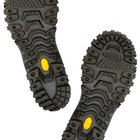
Shoe Sole Materials
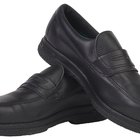
What Are the Benefits of Leather Soles?
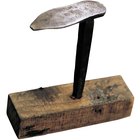
How to Replace a Sole on a Timberland ...

How to Remove Sun Damage on Rain Boots

How to Care for Stingray Boots

How to Keep Boots from Scuffing

What Are Moon Boots?

How to Soften Doc Marten Boots
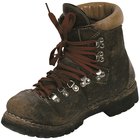
How to Break in Timberlands
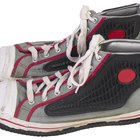
Low Vs. High-Top Athletic Shoes

How to Care for Chukka Boots

How to Get the Gas Smell Out of Rubber ...
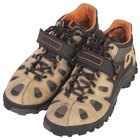
Synthetic vs. Leather Boots

How to Fix the Sole of Boots That Are ...

How to Stretch out the Tops of Western ...

What Are Pac Boots?
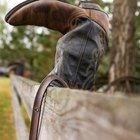
Types of Cowboy Boot Heels

How to Take Care of Rubber Boots
References
Writer Bio
Chris Nickson has been a writer since 1994. He is the author of more than 30 books, including biographies and novels, and has written extensively on topics from music to DIY.